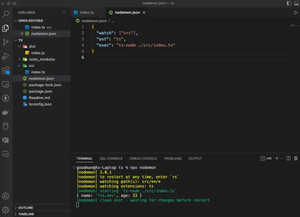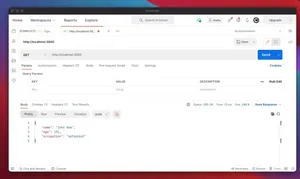Introduction
Sequelize is a popular Node.js ORM for Postgres, MySQL, MariaDB, SQLite, and Microsoft SQL Server. It enables robust management of data and elegantly handles complex tasks like associations, transactions, and migrations. However, when working with databases, controlling the execution time of queries is essential for both performance tuning and preventing long-running queries that may lock resources. In this tutorial, we will delve into setting query timeout in Sequelize to ensure your application maintains a performant and responsive data layer.
Setting a Basic Query Timeout
The Sequelize constructor allows you to set default options that apply to every query. You can specify the `query` option, which contains a timeout value measured in milliseconds. Here’s an example:
const Sequelize = require('sequelize');
const sequelize = new Sequelize('database', 'username', 'password', {
dialect: 'postgres',
pool: {
max: 5,
min: 1,
idle: 10000
},
define: {
timestamps: false
},
query: {
timeout: 1000
}
});Here, the timeout is set to 1 second (1000 milliseconds). Any query taking longer than that will throw an error, hinting at potentially inefficient queries or unusual system behavior.
Timeout for Specific Queries
Sometimes, you may want to set different timeouts for certain queries without affecting the global settings. Sequelize query methods accept an options object where you can set individual timeouts. For example:
sequelize.query('SELECT * FROM users WHERE active = true', {
timeout: 2000
}).then(results => {
console.log(results);
}).catch(error => {
console.error('Query timed out:', error);
});This SQL query will time out if it runs for more than 2 seconds.
Advanced Timeout Options
For enterprise applications, timeouts may need to be conditional or context-dependent. Consider the use of environment variables to easily alter the allowed execution time during different stages of application usage, such as development, testing, and production:
const queryExecutionTimeout = process.env.QUERY_TIMEOUT || 1000;
sequelize.query('SELECT * FROM large_dataset', {
timeout: queryExecutionTimeout
}).then(results => {
// Process large dataset
}).catch(error => {
// Handle timeout
});Here, the timeout is defined dynamically through an environment variable, providing flexibility across varied environments.
Handling Timeout Errors
Setting timeouts is part of the battle; gracefully handling them is equally important. Sequelize will throw an error if a timeout is exceeded. It’s crucial to have error-handling logic to manage these scenarios:
try {
const users = await sequelize.query('SELECT * FROM users', {
timeout: 1500
});
console.log(users);
} catch (error) {
if(error.code === 'ETIMEOUT') {
console.error('A query timeout has occurred!');
} else {
throw error; // Unknown error, rethrow it
}
}In this code block, we’re specifically checking for a timeout error code and logging a relevant message if detected.
Summary
Setting query timeouts in Sequelize is a useful capability that protects our systems from overconsumption of resources by long-running activities. Begin with global timeouts for uniformity and pivot to customized timeouts for specific, critical queries. Improved error handling ensures that the system will cope with any timeouts sensibly. Categorize different runtime contexts with dynamic settings, ultimately leading to a more secure and efficient application data layer. This tutorial has illustrated primary methodologies for managing Sequelize query timeout, simplifying an otherwise complex piece of application optimization.

